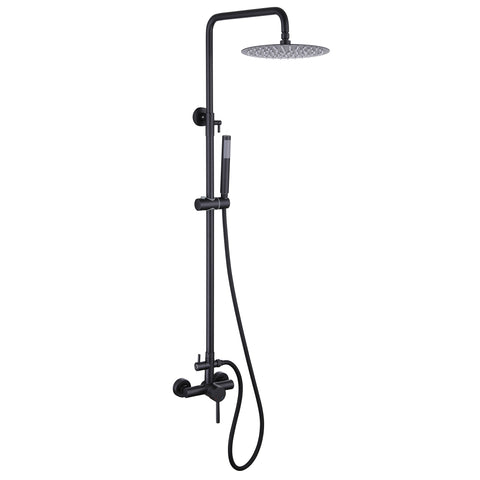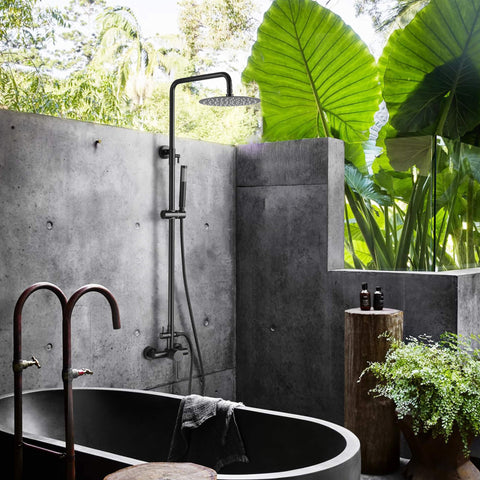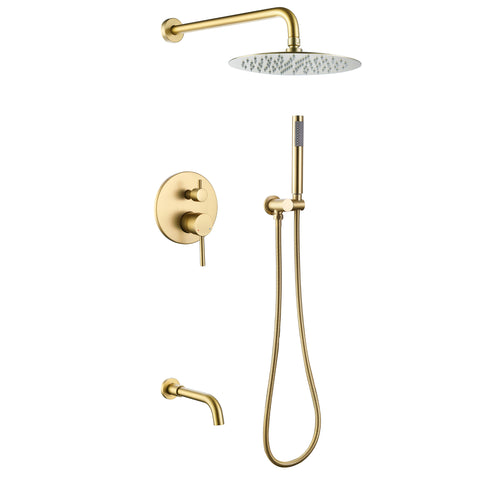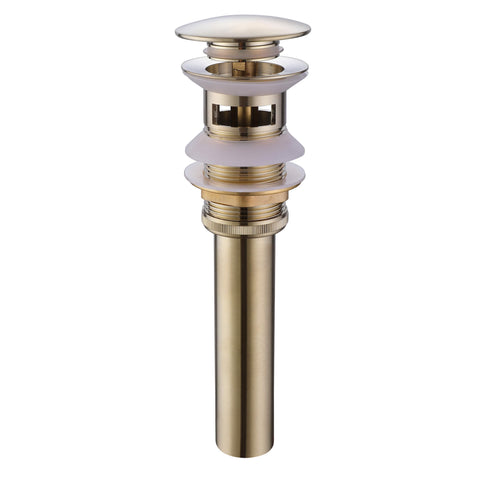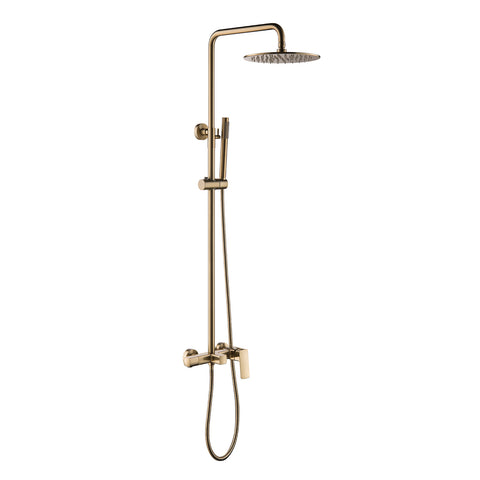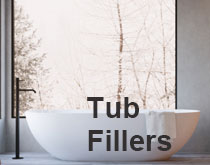The Pros and Cons of Waterfall Bathroom Faucets
Waterfall bathroom faucets are a stylish and modern addition to any bathroom, providing a sleek and luxurious look. They mimic the natural flow of water, creating a soothing and spa-like experience. However, like any fixture, they come with their own set of advantages and disadvantages. If you're considering installing a waterfall faucet in your bathroom, here’s what you need to know.
Pros of Waterfall Bathroom Faucets
- Aesthetic Appeal: Their contemporary look enhances the overall aesthetic of a bathroom, adding elegance and sophistication.
- Unique Water Flow: Distributes water in a wide, gentle stream, mimicking a natural waterfall for a relaxing ambiance.
- Smooth and Quiet Operation: Produces less splashing and noise compared to standard faucets.
- Variety of Designs and Materials: Available in glass, brass, stainless steel, and other finishes to match any decor.
- Easy to Clean: Streamlined design with fewer crevices makes cleaning simple.
Cons of Waterfall Bathroom Faucets
- Higher Cost: More expensive than standard faucets, including installation costs.
- Water Pressure Concerns: May require higher water pressure to function optimally.
- Potential for Water Splashing: Incorrect installation or improper sink pairing may lead to splashing.
- Maintenance and Water Staining: Glass models may show water stains and require frequent cleaning.
- Limited Temperature Control: Single-lever designs may not allow for precise temperature adjustments.
Final Thoughts
Waterfall bathroom faucets are a fantastic choice for those looking to add a touch of luxury and modern elegance to their bathroom. They provide a unique water flow, reduce noise, and come in various styles to suit different tastes. However, potential drawbacks like higher costs, water pressure concerns, and maintenance requirements should be carefully considered before making a purchase. If you prioritize aesthetics and ambiance over traditional functionality, a waterfall faucet could be the perfect addition to your bathroom.
